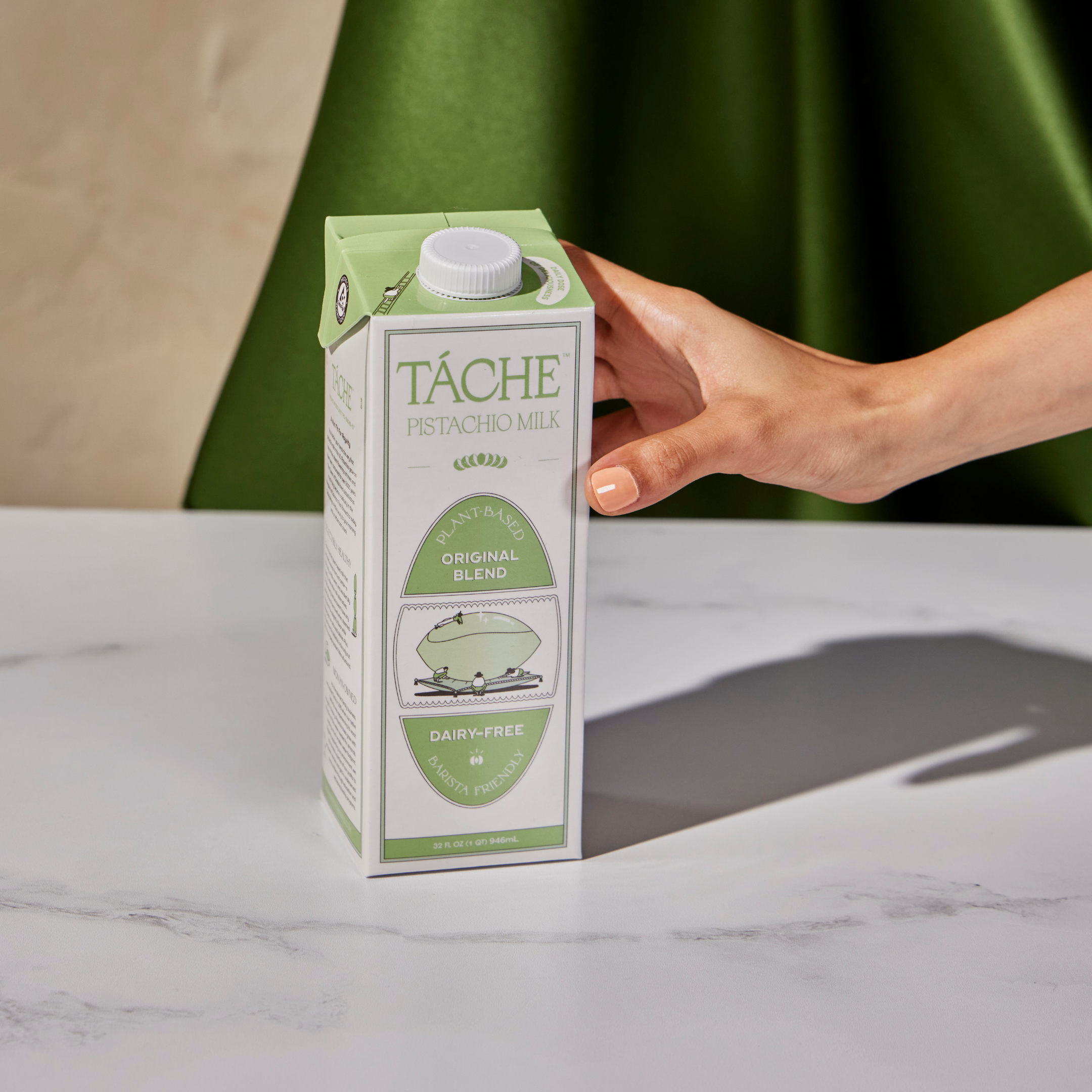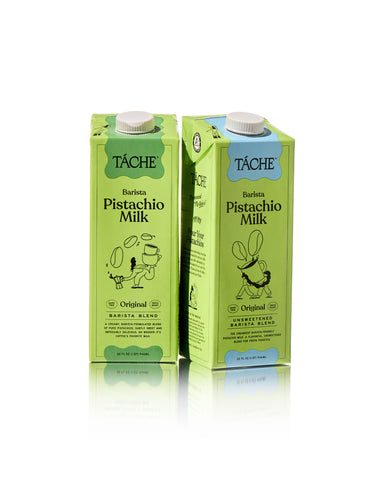We’re all taught that comparison is the thief of joy. We’re encouraged to embrace all differences, good and bad—they are, after all, what makes each of us unique. And, for the record, we agree with this philosophy wholeheartedly. But when it comes to our milk choices, comparison is kind of crucial. It’s the difference between a morning coffee we dream about all night and one we forget to finish, one-off recipes and menu staples, rare indulgences and daily habits. So, we like to take a different approach to the cartons we reach for and learn the facts before we start sipping.
Dairy is hard to digest
Let’s start with the reason we’re all here. Dairy. Now, we have nothing against dairy per se, except that every time we drink it, our stomachs rumble harder than Lexington Ave. when the 6 train passes. The truth is, for many, the whole reason for our alt milk affinity is an unfortunate intolerance to dairy—
an estimated 65% of the entire human population experiences a reduced ability to digest lactose post-infancy. We find ourselves nostalgic for our childhood glasses of milk, unwilling to give up on the quest for that perfect replacement. Let’s take a deep dive into all the alt milks (and how they measure up).
Oat doesn’t always mean healthy
We hate to be the bearers of bad news, but some alt-milks aren’t as healthy as you might think. This brings us to Oat Milk. The number one thing we hear people praise about Oat Milk is its creaminess. It’s rich, not watery, decadent, not dreary; most importantly, it foams like dairy. All things considered, it has the makings to be crowned king and queen of the alt-milk world. Until you examine these facts…
Oat milk comes with oil
Trying to avoid inflammatory oils? Oat milk isn’t your friend. A single 8oz latte made with
oat milk has the same amount of oils as a medium order of french fries. Call us crazy, but we like to keep our fries and coffee separate.
Oat milk contains more sugar
Most oat milk contains maltose as the primary sugar, with a glycemic index of 105 (for reference, the glycemic index is a scale from 1 to 100). The
glycemic load of a 12oz glass of oat milk is 18.4. That’s nearly the same blood sugar impact as a 12oz Coke (20.8 on the glycemic index). Sugar-conscious sippers, beware.
Almond milk still doesn’t check all the boxes
Okay, so you’re looking to steer clear of added oils and sugars. Well, oat milk isn’t your answer, so the next best bet? Almond milk. It’s no secret we’re nuts for nuts (we wear our hearts on our sleeves, after all), so how does the almighty almond compare to the pistachio?
Almonds aren’t very sustainable
Water isn’t the first thing that comes to mind when someone mentions milk, but in many cases, it should be, especially when considering daily drink choices. For example,
producing a single glass of almond milk requires 74L of water (spoiler alert: that’s more than a typical shower). Sure, it’s not as much as the 120L needed to produce a glass of dairy milk, but compared to the 19L of water pistachio milk requires, it adds up. Something to consider the next time you’re lathering—or frothing—up.
Almond milk doesn’t steam, it separates
Here’s the deal with trying to steam almond milk: it’s incredibly frustrating. Why? Because most fail to ever froth properly (we’re talking a few measly bubbles). And, even worse, almond milk has a tendency to separate. Lacking oil to bind it properly, almond milk’s chalky texture gives way to settling sediment, or what we like to call coffee clumps. We’re great multitaskers, but stirring while sipping is where we draw the line. So, where does that leave us searching for the perfect alt milk? Glad you asked…









